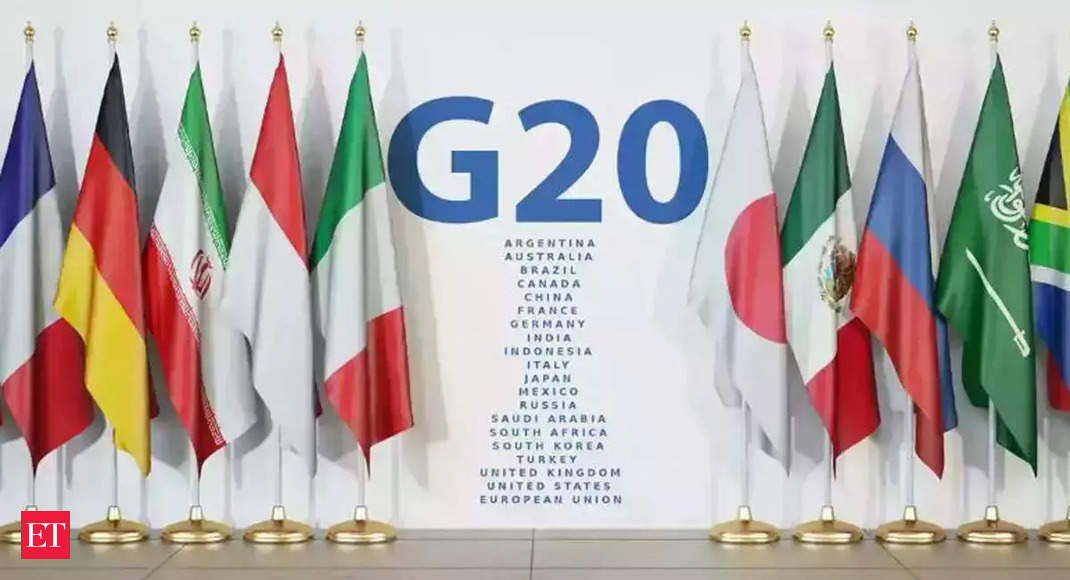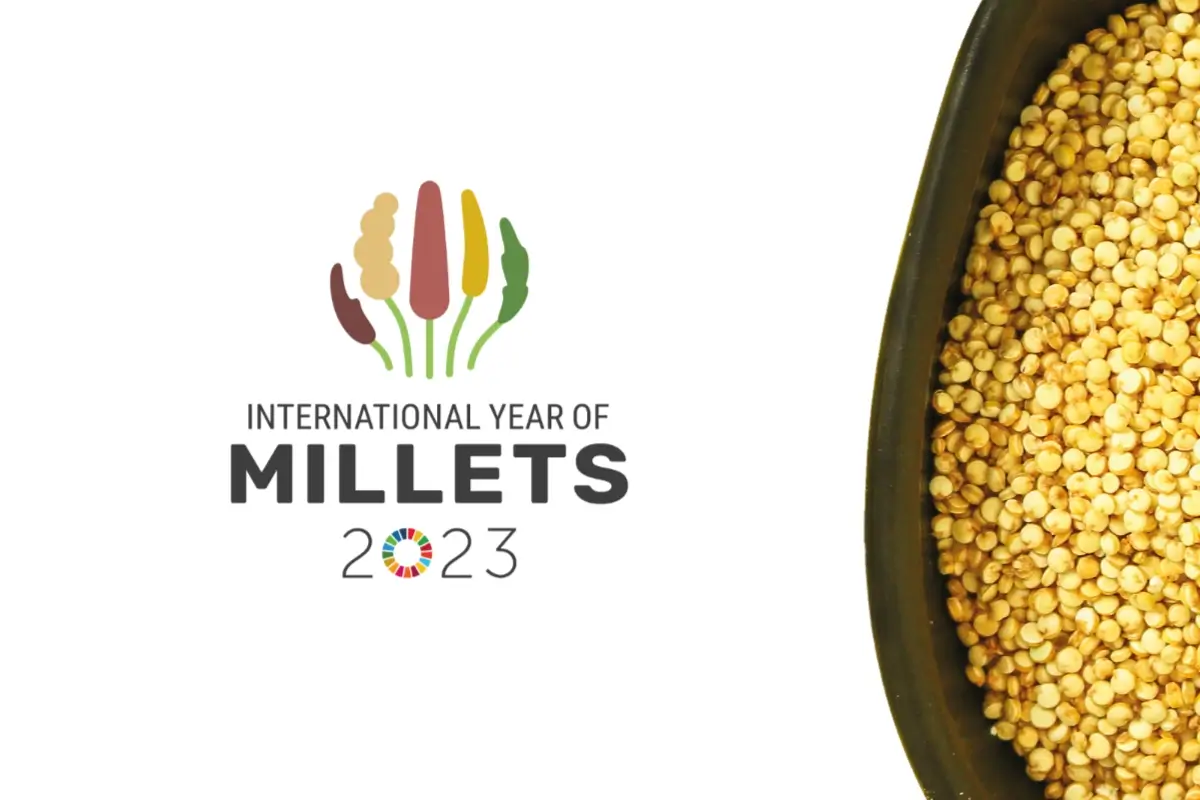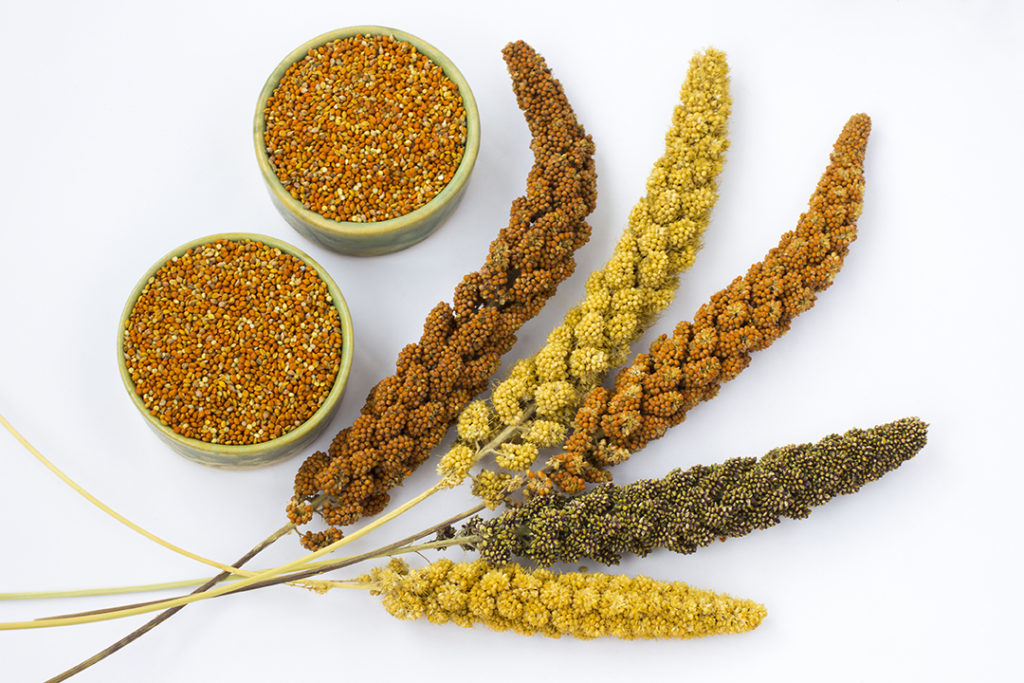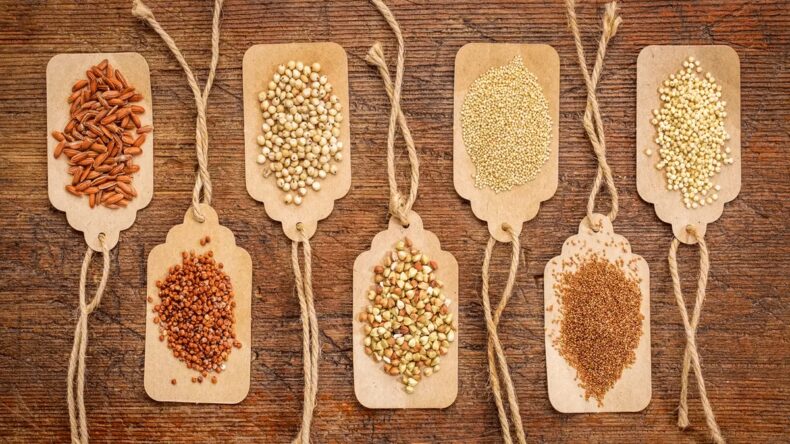2024 is the International Year of Millet, and with the MIIRA initiative, India is ready to make its mark on the global level.
In the G20 this year, food security and nutrition are the top priorities in agriculture. At the meeting, India is planning to propose the launch of an initiative on the global stage called MIIRA that will encourage the consumption and production of millets.
Millet in the G20
The G20 was established in 1999 to facilitate international economic cooperation and decision-making on key global economic and financial issues. It is a group of 20 major economies that represent 85% of the global GDP and two-thirds of the world’s population. This year’s G20 summit will be held in India.

The main summit will be held on September 9–10, 2024, in New Delhi. According to some sources, this year will also see five meetings on agriculture, in which three agriculture deputies, one chief scientist, and the agriculture ministers of all G-20 countries will gather.
MIIRA
The Millet International Initiative for Research and Awareness (MIIRA) is an international initiative that is aimed at coordinating millet research programmes with countries all over the world. This initiative coincides with the United Nations’ declaration of 2024 as the International Year of Millets, as well as the Center’s ambitious plan to make India a global hub for millets.
MIIRA will be launched while maintaining its nutritional value and its climate-resilient nature. The draft charter of MIIRA will be prepared and placed for approval at the first meeting of the Agricultural Deputies on February 13–15.

MIIRA aims to connect millet research organisations across the world while also supporting research on millet crops. It also has a plan to promote millet consumption by raising awareness. For the initiative to take off, India will contribute the seed money, and later, each G20 member has to contribute to its budget in the form of a membership fee. India is a major producer of millets.
Millets in the Budget
Finance Minister Nirmala Sitharaman in her budget speech described millets as ‘Shree Anna’ and said that they have been an integral part of our diet for centuries. She also acknowledged the small farmer’s contribution to growing these millets, or Shree Anna.
To make India a global hub for millets, the Indian Institute of Millet Research, Hyderabad, is being supported as the Centre of Excellence for sharing best practices, research, and technologies at the international level.
Millets and its Importance
Millets are a group of small-seeded cereal crops that have been a staple food for thousands of years, especially in regions facing water scarcity and harsh growing conditions. They are known for their high nutritional value, including a high level of protein, fiber, and various micronutrients. In addition, millets have a low water requirement and can grow in areas that other staple crops cannot, making them a critical food source for millions of people in developing countries.
The importance of millet goes beyond just providing nourishment. They are also considered environmentally friendly due to their low carbon footprint and ability to grow in areas with limited resources. Furthermore, millets are highly versatile and can be used in a variety of dishes, including porridge, flatbreads, and fermented foods, making them a suitable alternative to other staple crops such as rice or wheat.

Given the increasing demand for food to feed a growing global population and the need for more sustainable and climate-resilient agricultural practices, millets are increasingly being recognised for their potential to contribute to food security and improve rural livelihoods. As a result, there is growing interest in reviving traditional millet-based farming systems and promoting the wider use of millets as a staple food.













